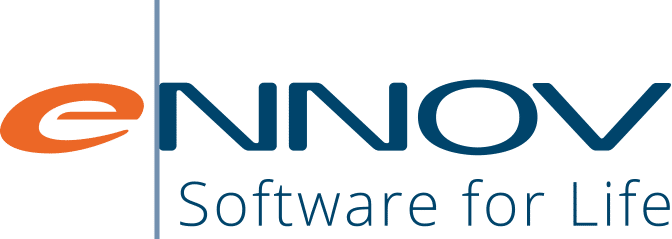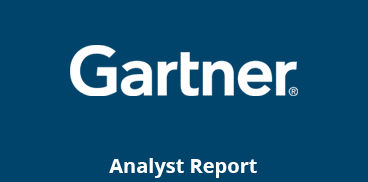The probability of developing an outcome (refers normally but not always to a negative outcome).
Absolute risk or Incidence Rate: The observed or calculated probability of the occurrence of an event in a population, without context. (e.g. 1 event in 100). Relative risk: Ratio of the risk in an exposed population (absolute risk) and an unexposed population (reference risk). Attributable risk (or excess risk): Difference between the risk in an exposed population (absolute risk) and the risk in an unexposed population (reference risk). Potential risk: An untoward occurrence for which the medicinal product can be suspected but where this association has not been confirmed, for instance:
- Pre-clinical safety concerns that have not been observed in clinical studies
- AEs observed but with a comparative effect (with placebo) not large enough to suggest a causal relationship
- Event known to be associated with other products of the same class
Identified risk: Untoward occurrence for which there is evidence of an association with the medicinal product (usually been described in the SmPC). For instance, ADRs:
- Demonstrated in nonclinical studies and confirmed by clinical data
- Observed in clinical trials or epidemiological studies for which the magnitude of the effect suggests a causal relationship
- Suggested by spontaneous reports where causality is strongly supported by temporal relationship and biological plausibility
Important risk: A risk that could impact the risk-benefit profile of the product or have implications for public health. Any risk that could be included in the contraindications / precautions section of the product labelling should be considered important. Important risks are identified, characterized, and monitored in the DSUR, the RMP and the PSUR. An important identified risk usually warrants:
- Evaluation in the pharmacovigilance plan of frequency, severity, seriousness, outcome under normal conditions of use, populations particularly at risk…
- Risk minimization activities: product information for instance




